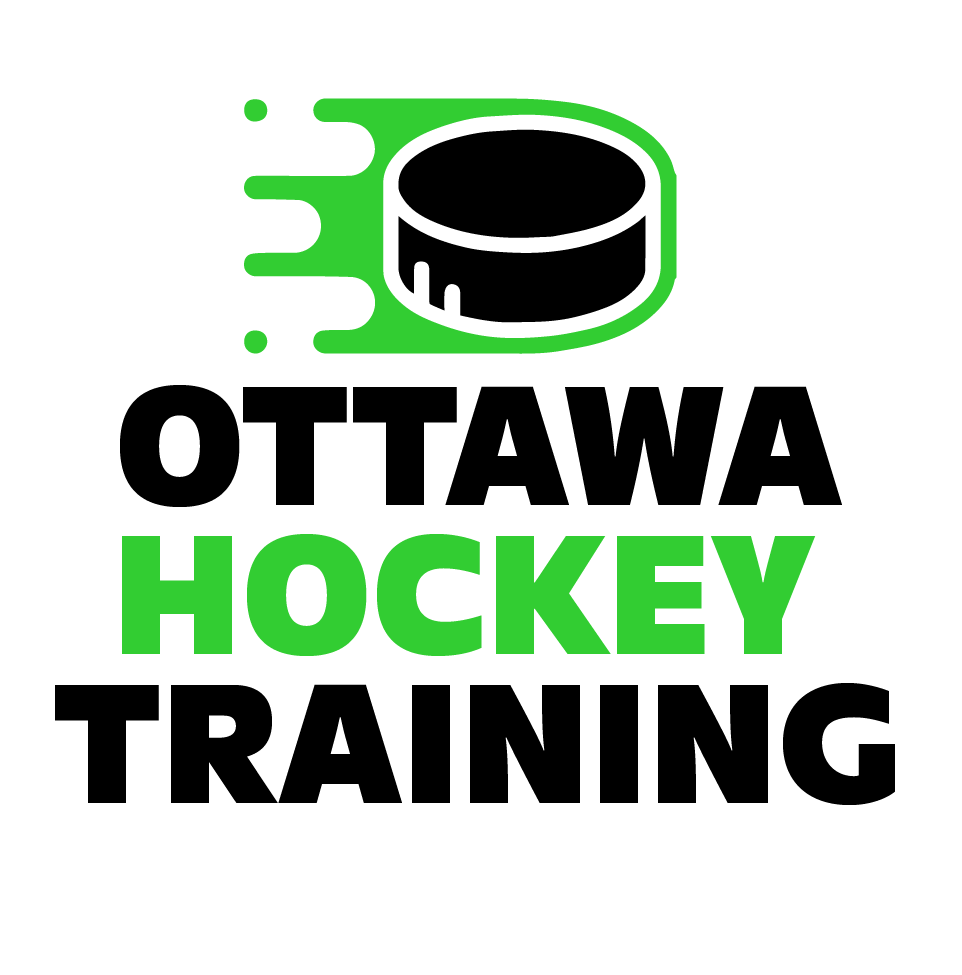
Goalie Training: The Importance of Stickhandling
Butterflies, recoveries, skating, and much more helps students to become better goaltenders throughout their goalie training. But many goaltenders make the mistake of thinking that their only job is to stop the puck. So if you’re one of them, then you’re part of the majority. But is that really a good thing? We don’t think so.
 If you’re looking to stand out this season, and contribute to your team in a way that most minor hockey goalies are unable, then it’s time to start getting comfortable with the feel of the puck on your stick. The ability to play the puck in a calm manner can become a difference maker for your team, and having more within your toolbox to draw from only adds to your game.
If you’re looking to stand out this season, and contribute to your team in a way that most minor hockey goalies are unable, then it’s time to start getting comfortable with the feel of the puck on your stick. The ability to play the puck in a calm manner can become a difference maker for your team, and having more within your toolbox to draw from only adds to your game.
But make no mistake; playing the puck isn’t just about passing the puck as hard as you can, or putting the puck off of the glass every time. Instead, it’s about combining patience, making the right judgement call for the given circumstance, force, and height. But like in-crease theory, timing is one of the most important aspects.
Timing is Everything
Within the goaltender’s crease, we consider the theory that if the goaltender is on time and ready for the shot, then the shot should be the easiest part of the goaltender’s job. Outside of the crease, we apply a similar theory during our goalie training sessions. By being on time to stop the rim, dump-in, or meet the puck within the defensive zone for a soft dump-in, the goaltender is allowed more time to analyze the situation and play the puck appropriately.
 Goalie Training and the Necessity for Real Game Situations
Goalie Training and the Necessity for Real Game Situations
Although we can supply our students with the opportunity to work on passing and clearing the puck during our goalie training sessions, providing them with real game situations with plenty of pressure can be challenging to duplicate. For this reason, we have implemented plenty of puck handling exercises to our progressive development plan so that goaltenders become more comfortable with the feel of the puck on both sides of their stick. For those unable to attend our goalie training programs, we suggest that they work with their team coaches so that the goalie is quarterbacking breakouts.
The Need for Early Emphasis
At first, many goaltenders are told by coaches to let the defense do their job and not to worry about playing the puck. But then the goaltender reaches Bantam hockey, and all of the sudden, they’re expected to be able to play the puck up ice when the pressure is on. A player wouldn’t be told not to shoot the puck until Bantam hockey or be expected to do so well without having received any practice. So why is it an expectation for goaltenders?
Learn How
The combination of patience and confidence for goaltenders is an essential aspect of the goaltender’s overall on-ice development. Enabling our students to become more confident with handling the puck and therefore become more patient to allow them to make the right decisions is one of our many areas which we work on during our progressive goalie training sessions. Find out more about our programs to see how Goalie Army Academy can help you achieve your goals this season.

Leave a Reply